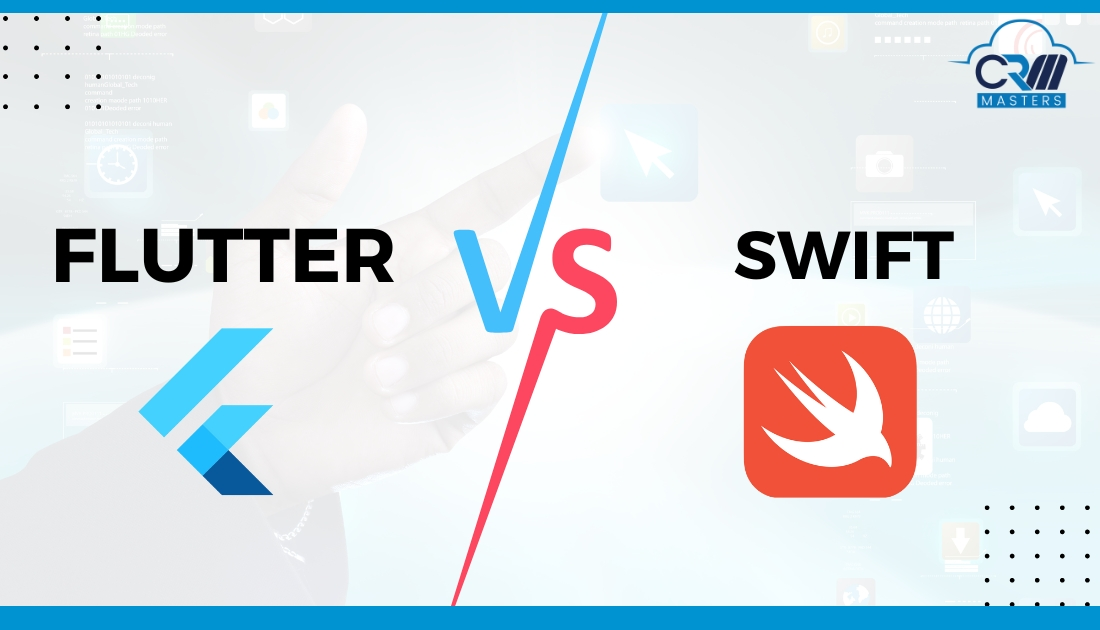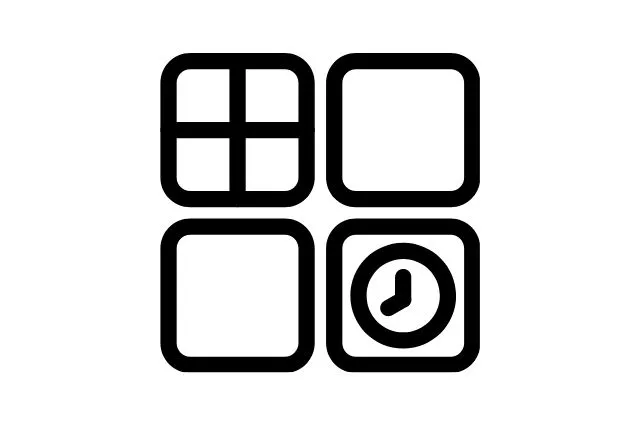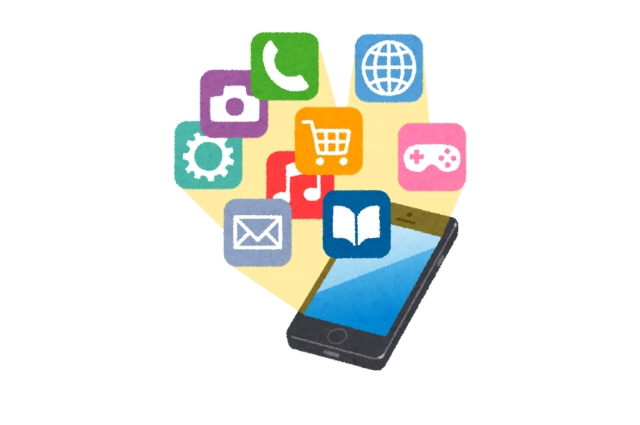Flutter vs Swift- Which Is Better for Your iOS Application?
 Larry Justus
Larry Justus
The reason behind any successful application is a strong development methodology, robust coding techniques, and the right technology stack. The programming language is one of the most important factors in developing your business mobile application.
When you’re building an iOS app, performance, quality, and app store needs should be at the top of your to-do list. You’ll want to use a programming language that supports your intuitive front end and flawless backend needs.
Swift is the native iOS programming language, and Flutter is the UI toolkit designed to create smooth frontends. But both these languages and toolkits are on and their place in the tech stack.
In this blog, We will go through a quick comparison between the two to help you figure out which one works better and in which situations.
What is Flutter?
Flutter is an open-source, cross-platform UI framework created by Google to build native applications from a single source code base. You can build cross-platform apps from the same source code base.
This framework includes an application development kit (SDK) with all the necessary tools to build iOS and Android applications. It includes reusable and large UI elements that help you create interfaces quickly. The framework is built using the Dart programming language, another Google-backed language, which has been updated and improved several times since its creation.
Key Features of Flutter
1) Hot Reload:-
One of the best things about this framework is that you can make changes live without affecting the application. This helps to reduce the time it takes to find errors and deploy changes.
2) The Widget Library:-

Widgets are the UI elements defined as widgets in Flutter. You can use them, edit them, and use them in your design. They make complex structures look easy.
3) Native-like Performance:-
Even though it is cross-platform, it provides native-like user experience and performance. It includes platform-specific widgets to implement native features and functionality. Additionally, it uses native-specific programming languages through third-party integrations to implement native features.
4) Multi-platform Development:-

You can create apps for various web and mobile devices.
5) Open Source:-
You know exactly what the source code is, and you can modify it to implement the specific changes in the framework.
What is Swift?
Swift is a cross-platform, high-level, general-purpose programming language written in Swift. Swift is an open-source language developed in partnership with Apple. Swift is a multilingual, cross-platform language that supports Cocoa and Cocoa Touch.
Key Features of Swift
1) Easy-to-Use Syntax:-
The Syntax is well-known for being easy to understand. The programming language allows you to write any type of algorithm or logic more logically and expressively.
2) Impressive Generics:-
One of the best things about the programming language is that you can reuse the functions. This makes the handling of applications more flexible.
3) Improves Code Security:-
Swift allows you to ensure the security of your application. The programming language verifies the code before it is implemented in production. In Swift, the base language will remove the unsafe components for runtime and only release the safety components.
Also Read: Top 7 Mobile App Development Ideas with Flutter
Comparison Between Swift and Flutter(Flutter vs Swift)for iOS
1) Application Launch
In Flutter, you can develop an application for both iOS and Android with a single code base and native widgets. It integrates with IDEs, such as Android Studio, for seamless application development and deployment.
In Swift, every aspect of the user interface and user experience must be developed from the ground up. If the company needs a cross-platform application, you must invest time and resources in developing the Android app.
2) Plugins and Code Reusability
Flutter is well-known for its code reuse and plugin reuse. You can build and run a single code base on Windows, Android, and Linux.
Swift allows you to reuse the functions using the same logic in your code. However, it does not allow you to reuse the code or the plugin to create apps for another platform.
3) Speed
The build time and the overall startup time of Flutter are good. It is comparable to native languages in terms of speed. Besides clean builds, the main advantage of Flutter is the underlying Dart engine. It provides the exceptional speed your iOS or Android app requires when starting up. If you want to boost the development speed, you should hire a Flutter developer.
Swift is also faster as it is a native language,
4) Market Popularity
Currently, the most-used framework is Flutter. Flutter is one of the top three frameworks, according to StackOverflow. It has more stars than Swift on the open-source project GitHub. On Github, Swift has fewer stars in the popular coding community.
4) User Interface
Flutter relies on the widget architecture, where each interface and experience element has a widget. Native programming languages do not support these interface elements, so they look native.
Swift programming language allows you to build an iOS-specific UI. The user interface elements will be native to iOS. This makes it easier to create the UI elements with Swift.
5) Build Time
With the help of UI widgets and tools, you can quickly create apps. In addition, you can easily add new features with hot reload. With the help of the Flutter syntax, you can write code with fewer lines than native languages.
Swift enables developers to write code in a short amount of time. It may take longer to reflect the errors, correct the bugs, and reduce time.
6) Upgradation
Due to Flutter’s framework nature, the changes may not be visible right away on this platform.
Once iOS is updated, Swift will automatically update to the new version and optimize the code accordingly.
7) Testing
Flutter ensures the code is clean, concise, and easy to understand. There is a built-in testing framework that allows you to test quickly and easily. Whether you need to test units or load, the testing framework has everything you need.
Swift utilizes Apple’s XCTest testing framework for unit testing, performance testing, and other application testing needs. You can run a variety of tests, including application beta testing.
Also Read: What is MVVM Architecture in Flutter?
Conclusion
Both are great options for developing mobile apps, but choosing one depends on your requirements and preferences. Flutter has several advantages over Swift in terms of mobile app development. For example, Flutter can build cross-platform apps, while Swift can be used for native app development. Additionally, Flutter has a hot reload feature, rich widgets, and faster development.
On the other hand, Swift has a powerful type system, native performance, and powerful tools such as Xcode. Ultimately, the best mobile app development tool for you will depend on your priorities and your app needs.
If you’re looking for Flutter app development services, contact CRM Master’s Infotech. Our team of experienced developers will help you deliver the right solutions to meet your business needs.
Subscribe to my newsletter
Read articles from Larry Justus directly inside your inbox. Subscribe to the newsletter, and don't miss out.
Written by

Larry Justus
Larry Justus
As an influencer, I collaborate with numerous I.T. development organizations, undertaking the task of reviewing and assessing the work carried out by their development teams.